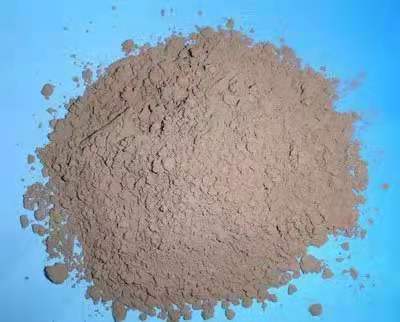Tantalum carbide is a light brown metallic cubic crystalline powder, belonging to the sodium chloride type cubic crystal system. At present, tantalum carbide is also used as a cemented carbide sintered crystal grain growth inhibitor, which has a significant effect on inhibiting crystal grain growth.

Properties of tantalum carbide
The density is 14.3g/cm3. It is insoluble in water, hardly soluble in inorganic acid, soluble in mixed acid of hydrofluoric acid and nitric acid, and can be decomposed. Strong oxidation resistance, easily melted and decomposed by potassium pyrosulfate. High conductivity, resistance at room temperature is 30Ω, showing superconducting properties.
Uses of tantalum carbide
Used in powder metallurgy, cutting tools, fine ceramics, chemical vapor deposition, hard wear-resistant alloy tools, tools, molds, and wear-resistant and corrosion-resistant structural components additives to improve the toughness of the alloy. The sintered body of tantalum carbide is golden yellow and can be used as a watch decoration. Tantalum carbide is also used as a cemented carbide sintered crystal grain growth inhibitor, which has a significant effect on inhibiting crystal grain growth, with a density of 14.3g/cm3.
Introduction of Tantalum Carbide Material
Tantalum carbide (TaC) ceramic particles have the advantages of high melting point (3880℃), high hardness (2100HV0.05), good chemical stability, and strong electrical and thermal conductivity. However, due to their cost and other issues, the current reports are limited to nickel-based, Aluminum-based, and other substrates. Chao et al. used laser cladding technology to prepare a nickel-based reinforced tantalum carbide surface composite material. The results show that compared with pure nickel, the hardness of this material is significantly increased, and the wear rate is significantly lower than that of hardened steel; Yu et al. The relationship between the in-situ reaction and directional solidification of tantalum carbide and its microstructure with chromium-based, chromium-based and aluminum-based reinforcement. The results show that as the solidification rate increases, the solid phase structure changes, and the volume fraction of tantalum carbide also changes with the solidification rate. Change; Wang Wenli and others used laser cladding technology to prepare in-situ TaC particle-reinforced nickel-based composite coatings on the surface of A3 steel. The results show that under appropriate process conditions, it produces TaC particle-reinforced nickel-based composite coatings. Good, smooth surface, good metallurgical bonding between the coating and the substrate. However, there are few reports on the in-situ formation of TaC on the steel base.
Ozbo.com (aka. Tanki New Materials Co.Ltd.) is a trusted global chemical material supplier & manufacturer with over 12 years of experience in providing super high-quality chemicals and Nanomaterials. As a leading nanotechnology development and product name manufacturer, Tanki New Materials Co.Ltd dominates the market. Our professional work team provides perfect solutions to help improve the efficiency of various industries, create value, and easily cope with various challenges. If you are looking for tantalum carbide,please feel free to contact us.


